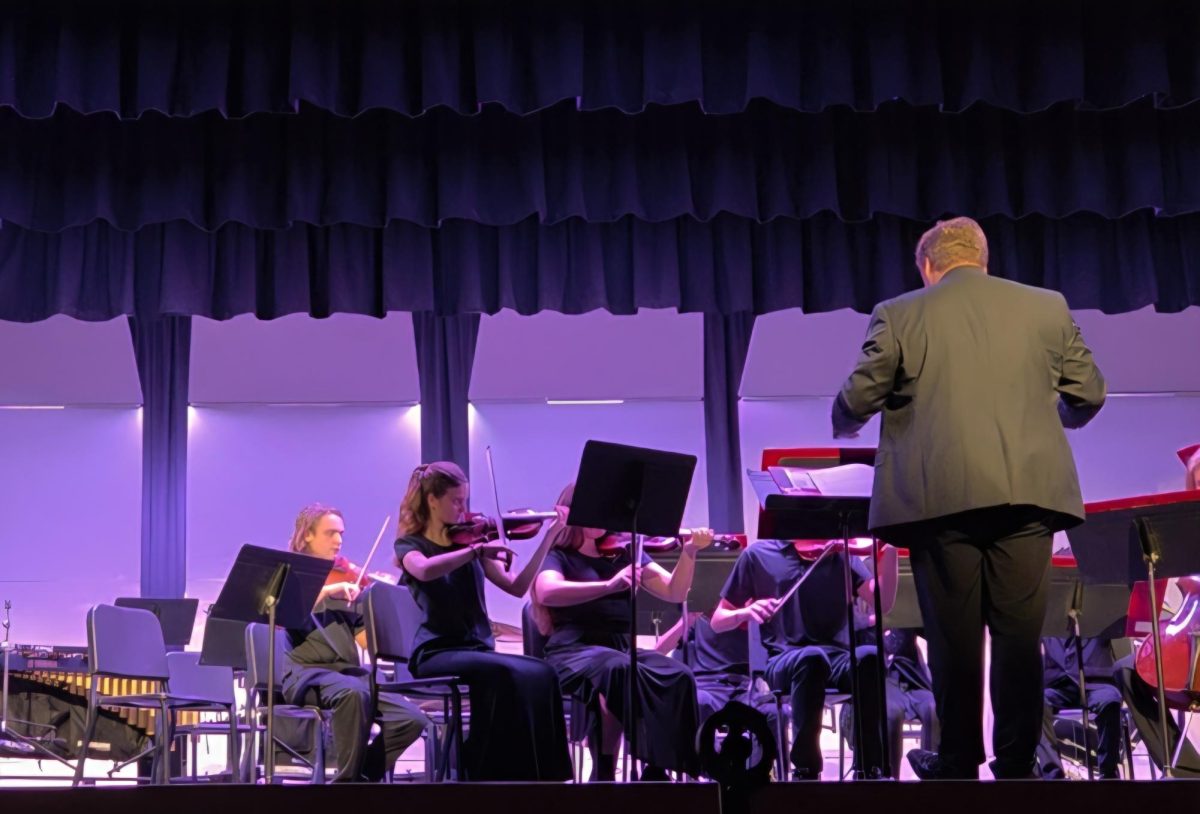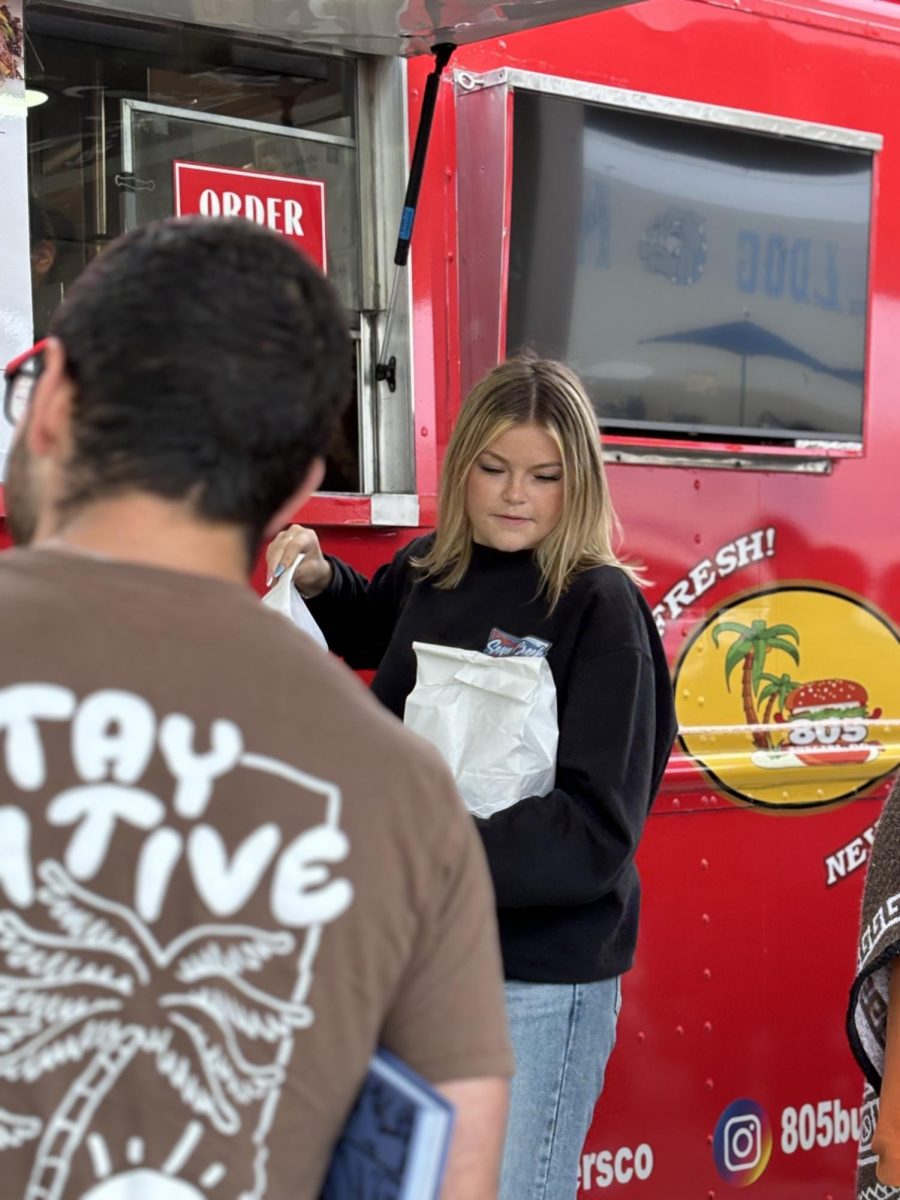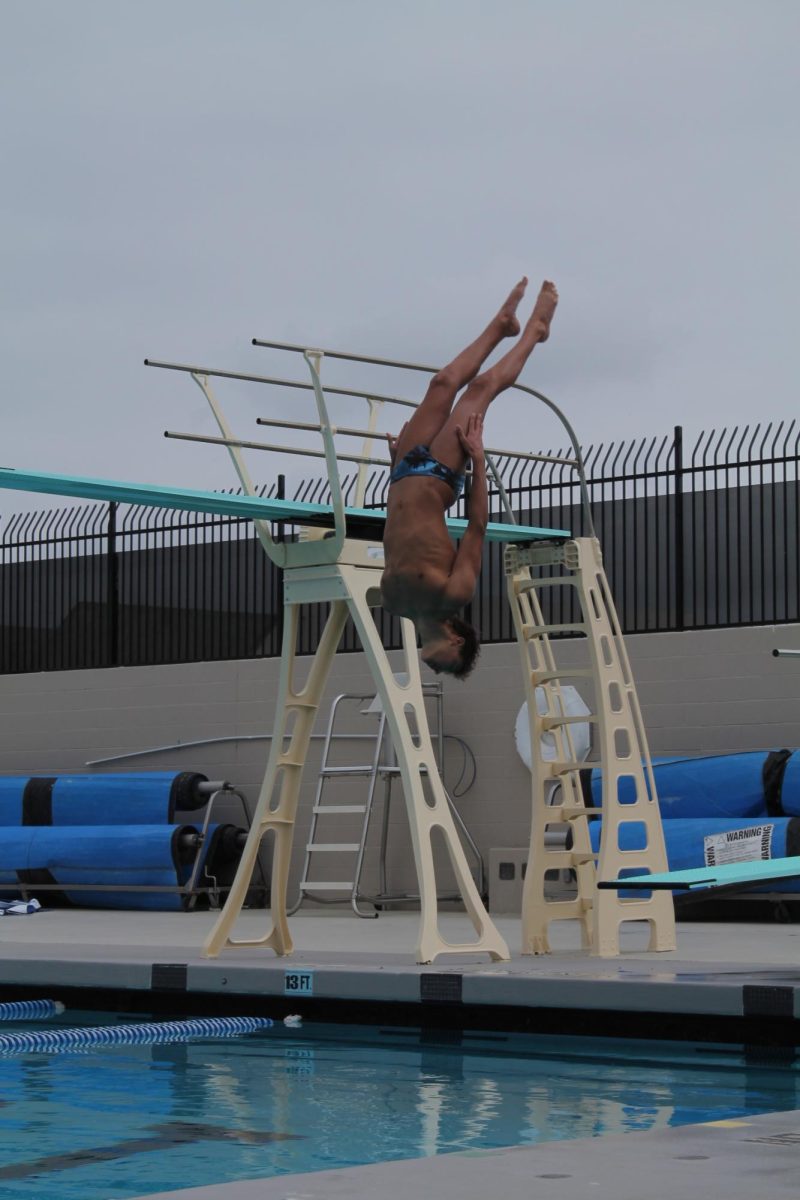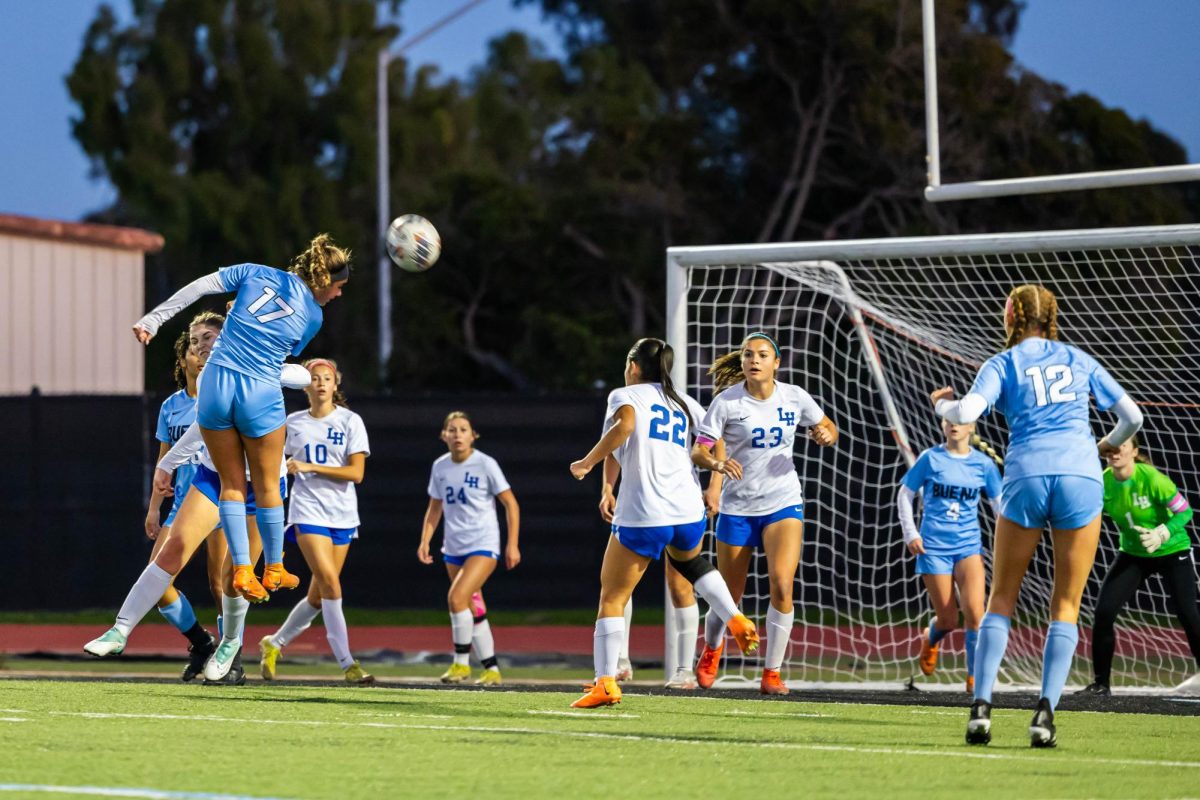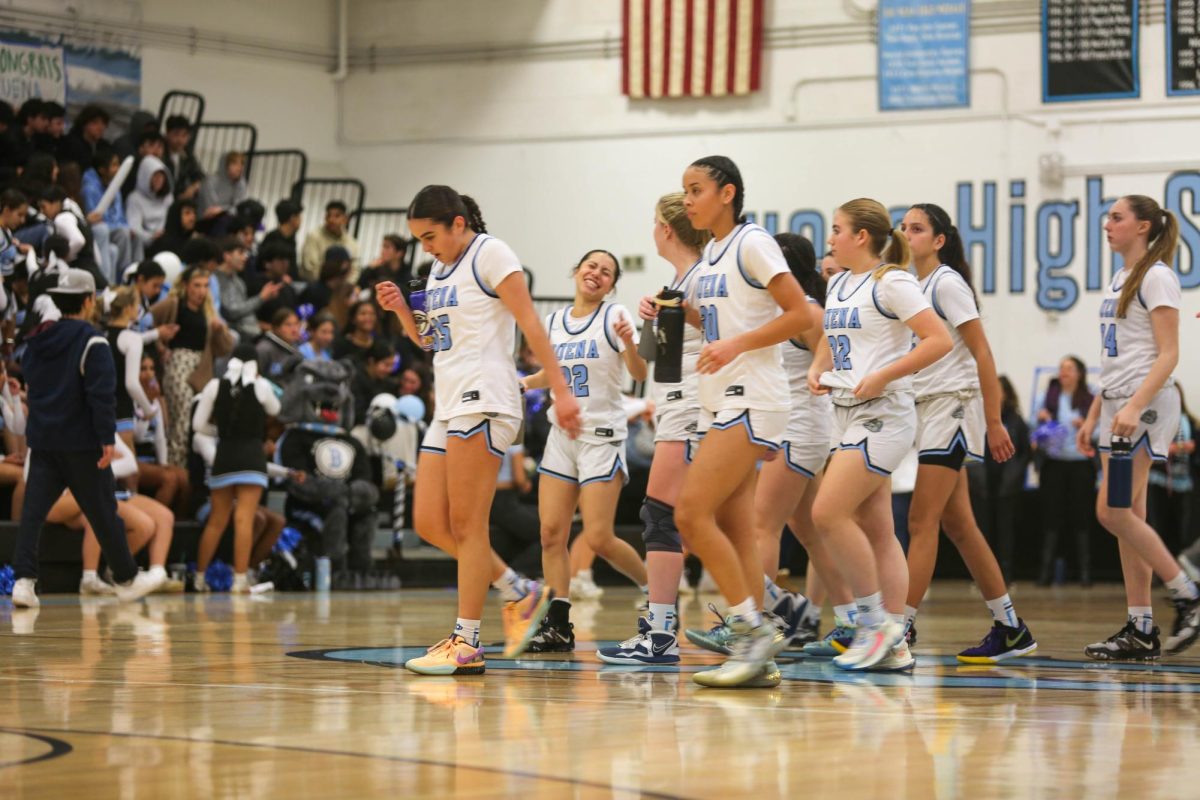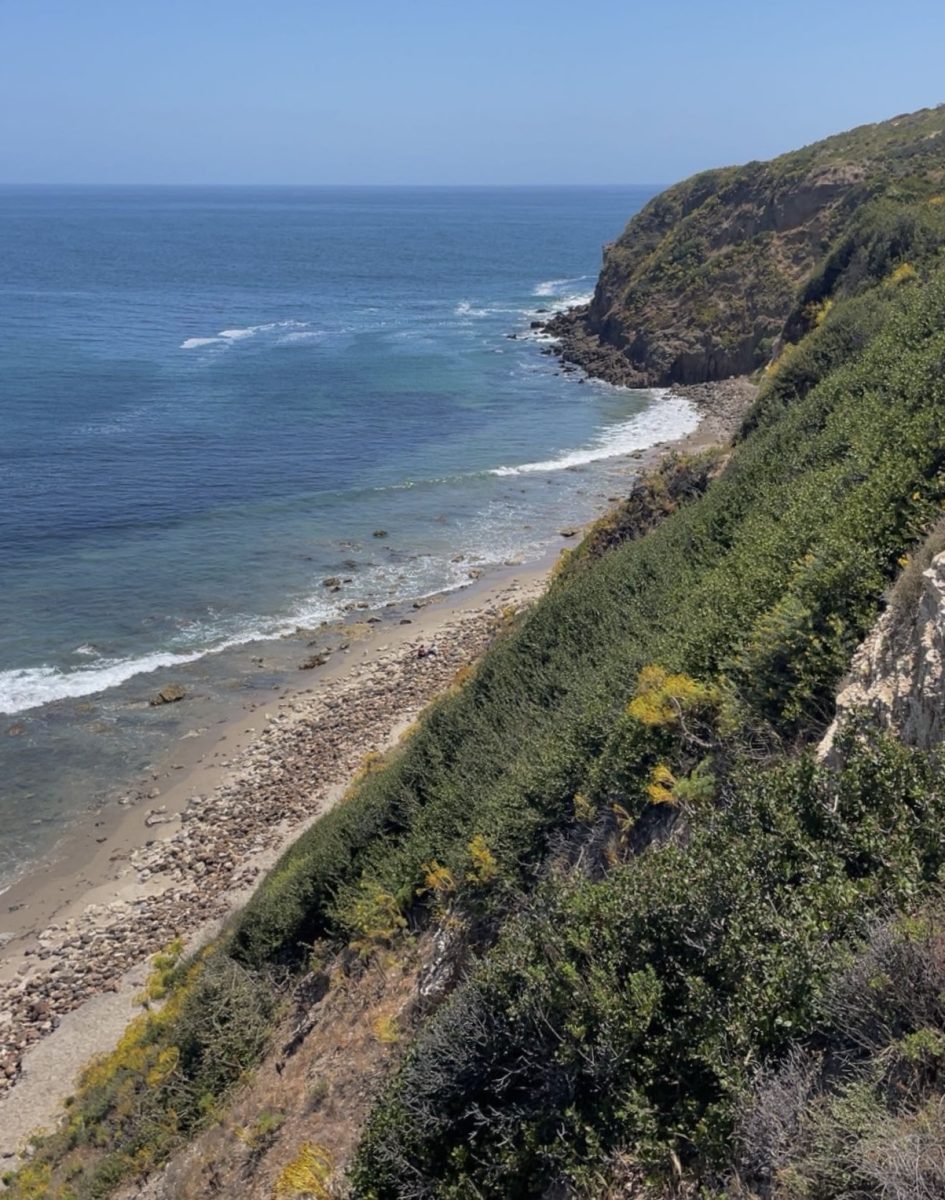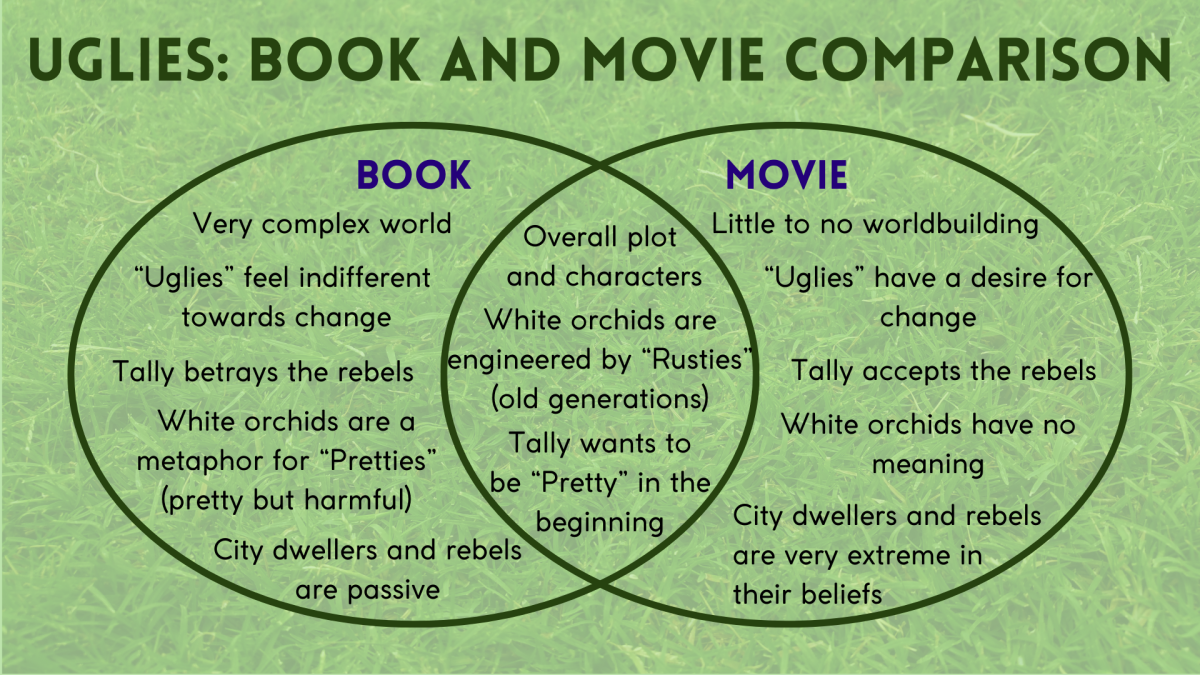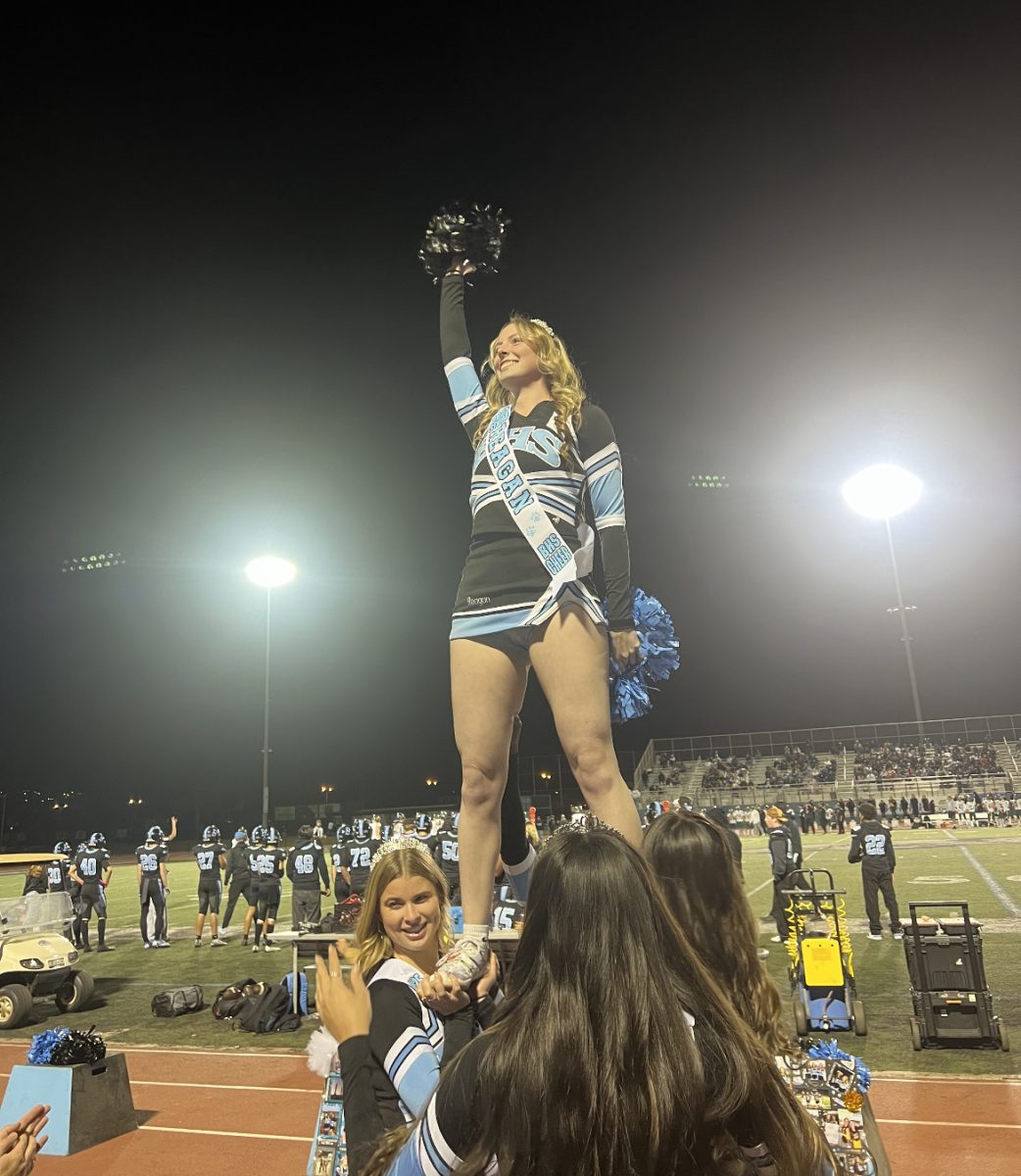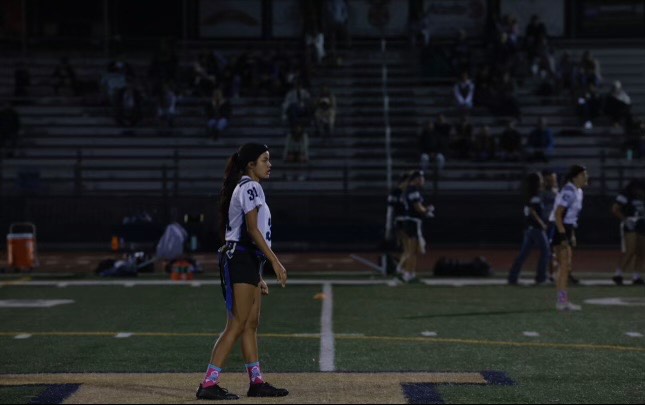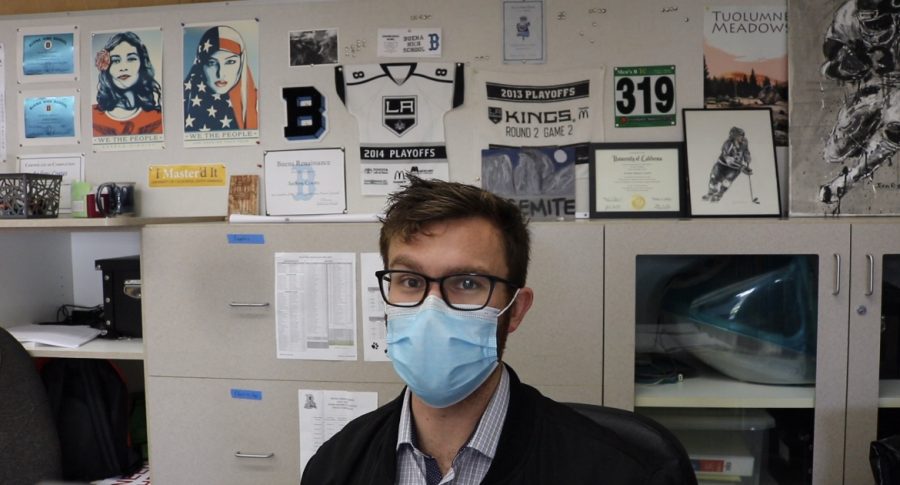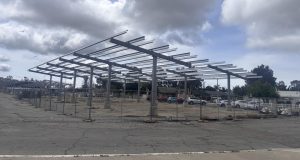What is it like to be a journalist in our dynamic world?
A glimpse into the realities of a modern day journalist
Journalists are on the frontlines to report on the latest news regarding the COVID-19 pandemic.
November 5, 2020
The role of the modern day journalist is arguably more important than ever. As our fast paced world continues to change, it can be difficult to keep up to date with the latest news. More recently, the COVID-19 pandemic has been in the spotlight for news publications worldwide, leaving journalists with the tremendous responsibility of updating the community around them with the latest news.
Local journalist for the Ventura County Star, Jeremy Childs, undeniably feels the moral duty of providing the citizens of Ventura County with accurate and timely information. As a breaking news reporter, Childs consistently provides the citizens of Ventura county with up to date information regarding the pandemic as well as other local breaking news.
“It is our job as reporters and editors to research and share the truth to set the public record straight…it has been made especially apparent because of it [COVID-19 pandemic],” Childs said. “The data speaks for itself: people want to know about the state of the pandemic in their local communities…as long as the COVID-19 pandemic affects our readers we will continue to cover it.”
The biggest change in regards to the content that Childs covers is the additional perspective that is now included in his non-breaking news stories. This has come as a result of our evolving world due to COVID-19.
“…Almost every story angle was the effect the pandemic had on the subject…the pandemic has inescapably changed how we live our lives, and the stories reflect that,” Childs said.
Along with the responsibility of being a local breaking news reporter, comes an increase in workload. Daily update stories regarding the latest updates in the number of COVID-19 cases are just one example of the transition that many journalists worldwide have faced in the midst of the pandemic.
“At this point I have written hundreds of update stories sharing the latest figures in the number of cases, deaths, hospitalizations, and tested residents in Ventura County,” Childs said. “These update stories are all written on top of my normal workload of breaking news and ongoing assignments…”
The dramatic change in terms of how today’s journalists conduct interviews and gather information has dramatically shifted since the beginning of the pandemic. With the implementation of social distancing guidelines and regulations, it has become increasingly complicated to accumulate accurate data.
“…Safety precautions have taken a strong precedent and now almost all of my reporting is done over the phone. That being said journalists are still essential workers…,” Childs said.
According to executive order N-33-30, established by the Governor of California, Gavin Newsom; “The federal government has identified 16 critical infrastructure sectors whose assets, systems, and networks, whether physical or virtual, are considered so vital to the United States that their incapacitation or destruction would have a debilitating effect on security, economic security, public health or safety, or any combination thereof.”
Stated under the list of “Essential Critical Infrastructure Workers” established by Governor Newsom, “Workers who support radio, television, and media service, including, but not limited to front line news reporters, studio, and technicians for newsgathering, reporting, and publishing news” are considered to be essential workers amidst the state of emergency due to the COVID-19 pandemic.
This further proves the fundamental role that journalists have been fulfilling in our society, even more so throughout a worldwide pandemic. The pandemic has forced multiple people throughout various occupations to conduct their work remotely which creates even more complications.
“This [working remotely] has several effects, such as not having access to certain tools like radio scanners which I use to track breaking news. It also changes how we communicate as a newsroom…Things still work, it’s just a different flow from how it used to be,” Childs said.
Specifically for a news publication, working remotely has made quite a difference in how information is gathered, what stories are covered, and how they can communicate with one another. Although, many are adapting to the new ways in which they must conduct their work from home.
“Journalism is something you do. If you interview sources, collect details from the scene, investigate news tips, write objectively, etc., then you are a journalist, no matter if you are in an office with a press badge or on the couch in sweatpants,” Childs said.
As for virtual events, it has made interviewing and reviewing information easier from Childs.
“When I covered the Camarillo City Council, I used to have to go to the meeting in person, take notes and record audio on my phone before going back to write something about it…now, all of the Camarillo City Council meetings are streamed directly onto YouTube via Zoom and are available to watch in real time,” Childs said.
As for the news being provided by the Ventura County Star, there has been no change in the abundance of news stories being provided for the people of Ventura County.
“I can safely say everyone at the Ventura County Star works tirelessly to bring the residents of Ventura County the best information available on what is happening in our area today,” Childs said, “We just want to inform the public with accurate information so we can all navigate this pandemic together.”

